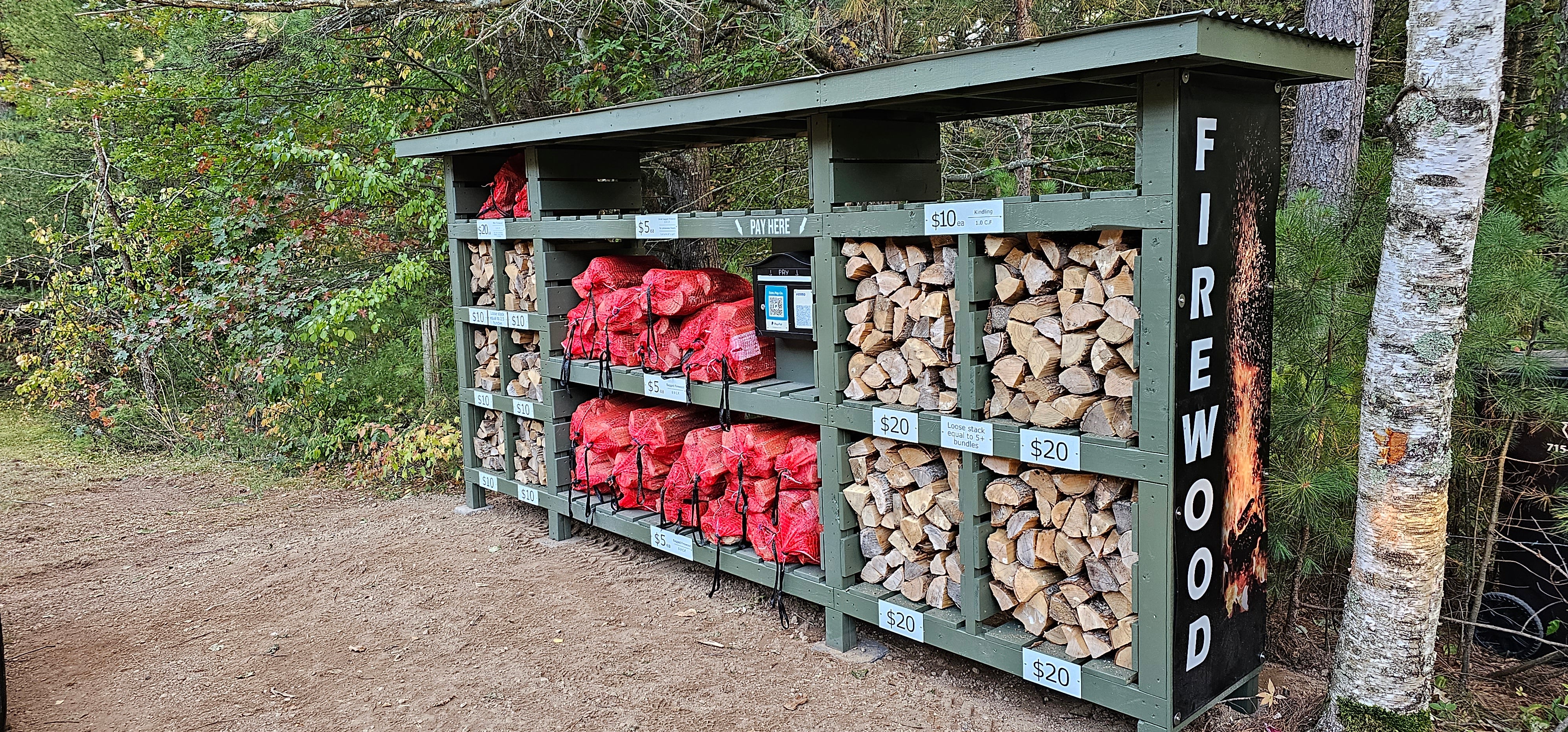Creating a new roadside firewood stand from scratch is an exciting project that combines the creativity of design, the skill of craftsmanship, and the strategic thinking of entrepreneurial spirit. This process, which involves careful planning, designing, building, and finally, selling firewood, is a testament to the power of DIY projects. This blog post offers an in-depth exploration of the journey of creating a new roadside firewood stand, from its inception in SketchUp to its final deployment.
Designing the Firewood Stand in SketchUp
The design process for the firewood stand began in SketchUp, a versatile 3D modeling software. Here, the stand was virtually constructed, allowing for a detailed visualization before any physical work took place. The initial design was intended for a different location and was not initially meant to be a roadside stand. However, after the original location did not yield the expected revenue, the decision was made to modify the stand for use at home.
The stand was designed to have multiple sections to accommodate various types of firewood stacks. This included areas for bundles, loose stacks, and smaller firewood for smokeless fire pits. The roof was explicitly sloped to the right to accommodate varying stack sizes, adding a functional aesthetic to the design.
Tweaking the Design and Building the Stand
The journey from design to physical structure wasn't a straight path. After the initial design was completed, the building of the stand began. However, the design had to be adjusted several times to accommodate specific requirements and unforeseen challenges.
For instance, the loose stack sections were enlarged by adding more space on all sides. This was done to offer customers better value for their money. An addition was also designed to hold $20 loose stacks of firewood and kindling wood. Furthermore, an area was dedicated to selling mini solo stow firewood, specifically intended for smokeless fire pits.
The design process was iterative, with adjustments being made as and when needed. The finished stand was a reflection of the careful planning and thought that was put into its design.
Deploying the Stand and Selling Firewood
With the stand built and ready, it was time to deploy it and start selling firewood. The new roadside stand was a significant upgrade from the previous version. It was more spacious, allowing for more inventory, and organized, making it easier for customers to find what they need.
The stand had separate sections for different types of firewood, and the prices were clearly marked for easy customer understanding. In addition, the stand was designed to be accessible year-round, which meant customers could buy firewood even in the winter months. This added convenience made the stand even more attractive to potential customers.
The stand also had clear, readable signs that showcased the professional setup. This attention to detail was an essential aspect of the project, as it added credibility to the stand and the firewood selling business.
Conclusion
The creation of the new roadside firewood stand was more than just a DIY project; it was a journey of creative design, careful planning, and hard work. The end product served its purpose as a functional firewood stand and stood as a testament to the power of DIY projects.
The stand will hopefully attract more customers and enhance the firewood selling business, proving that thoughtful design and effort can indeed lead to tangible results. This project underscores the potential of DIY projects to transform ideas into reality, and how such projects can have a significant impact not just on the creator, but also on the broader community.



Leave a comment